
Roots
Look at your reflection. The strands that crown your head, whether coily, curly, wavy, or straight, carry stories. For many, particularly those of Black and mixed-race descent, these stories run deeper than personal memory; they reach into the soil of ancestral lands, across oceans, and through centuries of defiance and celebration. Your hair, in its natural form, whispers tales of ingenuity, survival, and profound communal connection.
This innate power, this undeniable heritage, is precisely what the CROWN Act seeks to recognize and safeguard. It acts as a shield for the very genetic expression of identity, ensuring that what springs from your scalp is honored, rather than deemed a barrier to opportunity. It acknowledges the historical truth of hair as a marker of lineage, status, and spirit, making plain that the policing of natural Black hair has been a tool of oppression.
The Creating a Respectful and Open World for Natural Hair (CROWN) Act, first signed into law in California in 2019, addresses race-based hair discrimination by extending legal protections to hair texture and styles frequently worn by Black individuals, including braids, locs, twists, and Bantu knots. This legislation is a contemporary echo of ancient affirmations, a legal recognition of what countless generations have known in their hearts ❉ hair is not merely aesthetic. It represents a vital extension of self, a chronicle of heritage. When we speak of this Act, we are not simply discussing legal precedent; we are speaking of the right to manifest one’s authentic self, deeply rooted in a rich and enduring cultural lineage.
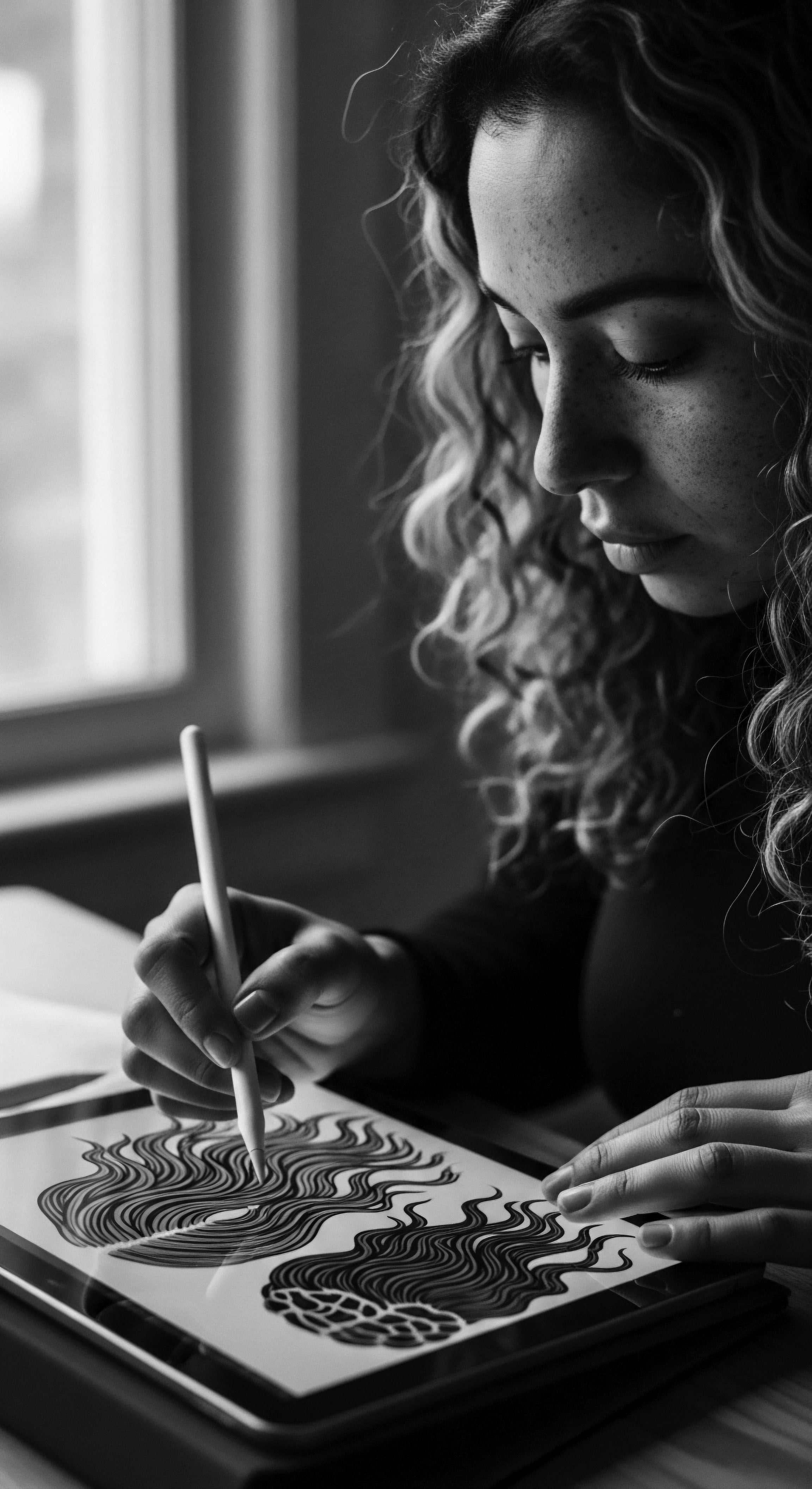
Hair Anatomy and the Echoes of Ancestry
To truly grasp how the CROWN Act honors hair heritage, one must understand the biological foundations of textured hair itself. The intricate spirals and delicate curls that distinguish Black and mixed-race hair arise from the unique elliptical or flattened shape of the hair follicle, a stark contrast to the round follicles that produce straight strands. This anatomical distinction means that oils struggle to travel down the hair shaft, leading to a natural propensity for dryness. Furthermore, the numerous bends and turns in each strand create points of fragility, making textured hair more susceptible to breakage if handled without care.
Ancestral communities possessed an intuitive grasp of these biological realities long before modern microscopy. Their practices, passed down through oral tradition and lived experience, aligned with the inherent needs of textured hair. They developed regimens that prioritized moisture, protected delicate strands, and worked with the hair’s natural inclinations rather than against them.
Consider the historical use of nourishing plant oils, butters, and natural clays, not merely for cosmetic appeal but for their profound restorative properties on hair that required constant replenishment and gentle handling. This wisdom, born from centuries of observation and adaptation, represents a foundational layer of hair heritage.
The CROWN Act safeguards the freedom to wear textured hair, recognizing it as a profound expression of heritage and identity.

The Lexicon of Textured Hair and Its Cultural Tapestry
The very words we use to describe textured hair carry cultural weight, often bearing the scars of historical subjugation and the triumph of reclamation. Terms like “nappy,” once used as a derogatory label to demean enslaved Africans, have seen efforts to redefine them, becoming symbols of resilience and authenticity within the community. Contemporary hair typing systems, from 2A to 4C, while useful in understanding curl patterns, do not fully capture the historical depth and diversity of Black hair experiences. Historically, communities identified hair not just by its curl, but by its symbolic meaning, its intricate styling, and its connection to social standing.
The language of textured hair heritage stretches beyond scientific classification, into the realm of traditional naming and communal recognition. For instance, the Yoruba people refer to their knotted headwraps as Gele, a term that speaks to both the garment itself and the artistry of its arrangement. Such terms connect specific styles and practices to distinct cultural groups, demonstrating how hair served as a powerful visual language. The CROWN Act implicitly validates this rich lexicon, ensuring that hair expressions, understood through their unique nomenclature and historical context, receive respect rather than derision.
- Kinks ❉ Often describes very tight, zigzag curl patterns, a hallmark of Type 4 coily hair, reflecting deep ancestral African roots.
- Locs ❉ Refers to hair that has been matted and sculptured into ropes, a style with ancient origins across various African cultures, symbolizing spirituality and strength in many traditions.
- Cornrows ❉ Tight braids styled close to the scalp in rows, a practice dating back thousands of years in Africa, used for identification, status, and even as hidden maps during enslavement.
- Bantu Knots ❉ A protective style where sections of hair are twisted and coiled to form knot-like buns, named after the Bantu group of the Zulu people, used for styling and hair health.

Ritual
The hands that braid, twist, and adorn textured hair perform more than a mere act of grooming; they engage in a ritual, a continuum of cultural expression passed through generations. These practices, honed over centuries, stand as living testaments to creativity, resilience, and identity. The CROWN Act steps into this space, protecting these very rituals from external prejudice, affirming their place not as “unprofessional” or “distracting,” but as sacred components of one’s being.
Consider the historical trajectory of Black hair styling ❉ from the elaborate, status-denoting braids of ancient African societies to the enforced head coverings during chattel slavery, and the subsequent reclamation of styles during the “Black is Beautiful” movement. Each turn in this path underscores the intimate relationship between hair and identity, and the systemic attempts to strip away that connection. The Act, in essence, defends the right to continue these meaningful ancestral rituals without fear of penalty in public spaces.
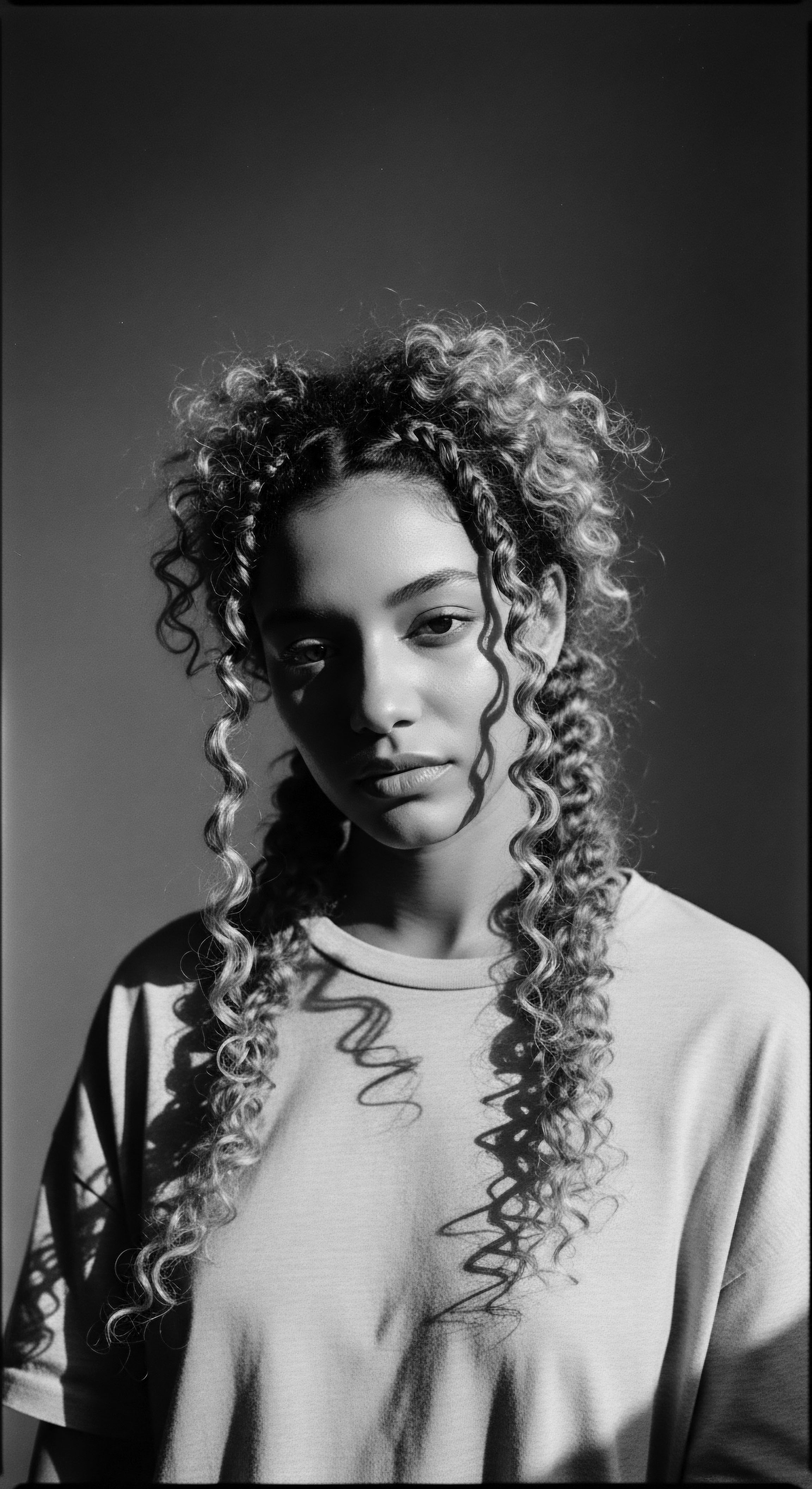
Protective Styling as Ancestral Ingenuity
Protective styles like braids, twists, and locs were not simply fashion statements in their inception. They arose from a deep, practical understanding of textured hair’s delicate nature and the need to preserve its health in varying climates and challenging conditions. These styles minimize manipulation, retain moisture, and safeguard the hair’s ends, promoting growth and reducing breakage. This traditional knowledge, honed by generations, served as a cornerstone of hair care for ancestral communities.
In ancient Africa, styles such as Cornrows served as identifiers of tribe, age, marital status, wealth, and even religious beliefs. During the brutal era of the transatlantic slave trade, these styles took on new, covert functions. Enslaved individuals would intricately braid rice and seeds into their hair to sustain themselves or their children during harrowing journeys.
Accounts describe how braids also acted as hidden maps, communicating escape routes among those seeking freedom. These profound historical uses highlight the adaptive genius embedded within these hairstyles, a heritage of survival woven into every strand.
The enforcement of tignon laws in 18th-century Louisiana, mandating that free Black women cover their hair, represents a stark example of legal mechanisms used to control Black identity through hair. Yet, Black women transformed these oppressive mandates, adorning their headwraps with vibrant fabrics and jewels, turning a symbol of subjugation into a defiant expression of beauty and resistance. The CROWN Act stands as a direct counterpoint to such historical decrees, offering legislative affirmation of the autonomy and cultural significance of Black hair.
Through protective styles, ancestral communities preserved both hair health and a cultural language of identity and survival.

Shaping Beauty ❉ Traditional and Modern Styling
The evolution of styling textured hair encompasses a spectrum of techniques, from the ancient art of threading and intricate hand-braiding to contemporary approaches using specialized tools. Historically, hair adornment also extended to various head coverings. The headwrap, or Gele in Yoruba, held deep symbolism across Africa, communicating marital status, lineage, and spiritual significance. These adornments transcended mere fashion, serving as powerful non-verbal communicators within communities.
| Historical Practices Ancestral Braiding (e.g. Fulani, Cornrows) ❉ Served as markers of social status, tribal identity, and covert communication. |
| Modern Manifestations and CROWN Act Relevance Contemporary Protective Styles ❉ Box braids, knotless braids, micro braids. The CROWN Act explicitly protects these styles, affirming their professional and educational acceptance. |
| Historical Practices Traditional Hair Oiling/Buttering ❉ Used natural plant extracts (e.g. shea butter, coconut oil) to nourish and protect hair prone to dryness. |
| Modern Manifestations and CROWN Act Relevance Modern Hydration Regimens ❉ Continued emphasis on moisturizing creams, oils, and deep conditioners for textured hair, now legally recognized as part of one's natural presentation. |
| Historical Practices Headwraps/Geles ❉ Signified marital status, wealth, and religious adherence; later became symbols of resistance during slavery. |
| Modern Manifestations and CROWN Act Relevance Cultural Head Coverings ❉ Worn for cultural, religious, or aesthetic reasons, also covered by broader anti-discrimination principles, supporting diverse expressions. |
| Historical Practices The CROWN Act acknowledges the profound historical continuity between ancestral styling practices and contemporary expressions of textured hair. |
Despite the enduring cultural heritage of these styles, Black individuals have historically faced systemic discrimination in professional and academic settings for wearing their natural hair. In 2019, the Dove CROWN Research Study revealed a compelling truth ❉ Black women are 80% more likely to feel the need to change their natural hair to meet workplace expectations. This alarming statistic underscores the pervasive pressure to conform to Eurocentric beauty standards, often at the expense of one’s authentic self and cultural lineage.
This finding, derived from a rigorous investigation into lived experiences, served as a powerful impetus for the CROWN Act, highlighting the tangible discrimination that made such legislation a necessity. The Act directly confronts this bias, aiming to dismantle institutional barriers that penalize individuals for expressing their inherent heritage.
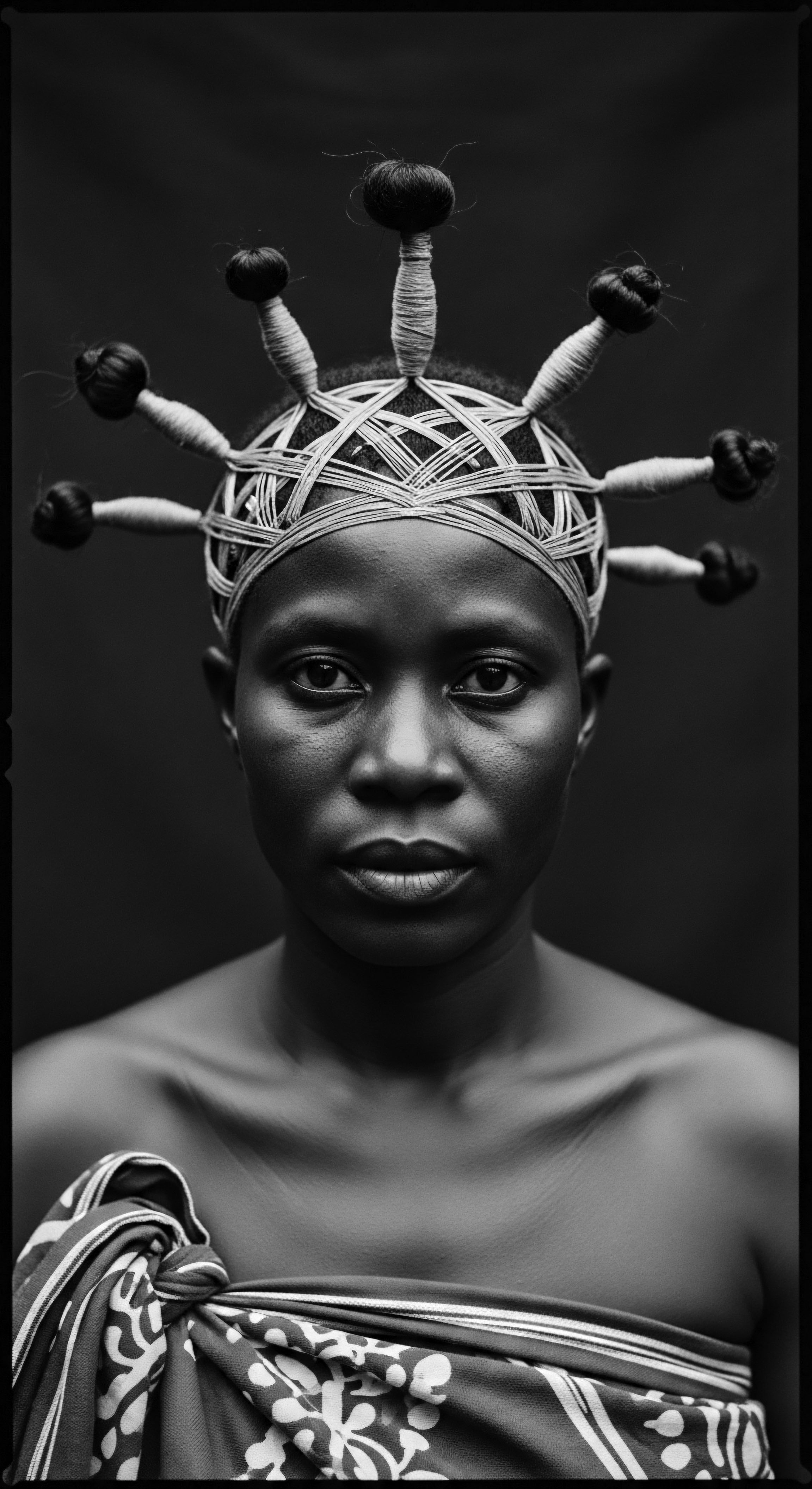
Relay
The journey of textured hair is not a singular path but a continuous relay, a passing of knowledge, struggle, and triumph from one generation to the next. The CROWN Act represents a crucial baton in this race, serving as a legal mechanism to preserve and propel forward the heritage of Black and mixed-race hair. It acknowledges that discriminatory practices of the past have cast long shadows, influencing self-perception and limiting opportunities. This legislation works to dismantle those shadows, allowing the full brilliance of textured hair to shine without fear of societal or professional retribution.
The impact of hair discrimination on self-esteem, particularly for Black women and girls, has been well-documented. Studies show that negative societal evaluations of Black hair can impede identity development and negatively affect self-esteem. The Act steps in as a societal affirmation, recognizing the inherent worth and cultural significance of natural hair, thereby supporting psychological well-being and a sense of belonging.

Building Personalized Regimens Rooted in Ancestral Wisdom
The care of textured hair is a deeply personal and often intricate endeavor, often informed by a blend of ancestral wisdom and modern scientific understanding. Historically, communities drew upon the bounty of their environments to craft nourishing treatments. Ingredients like Shea Butter from West Africa, known for its moisturizing properties, and various plant-based oils and herbs, were vital to hair health. These practices were not random; they represented an intuitive science, passed down through generations, on how to best maintain the unique structural properties of coily and curly hair.
Contemporary textured hair regimens, while benefiting from advanced product formulations, often mirror these ancient principles. The emphasis remains on hydration, gentle cleansing, and protective measures. The CROWN Act, by legitimizing the wearing of natural styles, implicitly encourages a holistic approach to hair care that prioritizes health and authenticity. When individuals are free to wear their hair in its natural state, they are also free to adopt care practices that genuinely serve their hair’s biological needs, rather than resorting to damaging alterations to meet imposed standards.

The Nighttime Sanctuary and Bonnet Wisdom
Among the most enduring and protective rituals for textured hair is the nighttime routine, particularly the use of silk or satin head coverings. This practice, often embodied by the humble yet mighty Bonnet, serves as a barrier against friction from cotton pillowcases, which can strip hair of its vital moisture and cause breakage. The tradition of protecting hair during sleep has deep historical roots, evolving from practical necessity to a cultural touchstone.
While seemingly a simple act of personal care, the bonnet holds a significant place in the cultural lexicon of Black hair. It represents self-preservation, an intimate understanding of textured hair’s needs, and a quiet act of defiance against a world that historically demanded constant manipulation and conformity. The CROWN Act, by creating a societal space where natural hair is honored, allows this private act of care to exist within a framework of public acceptance, reinforcing that the traditions surrounding Black hair are valid and worthy of respect.
The CROWN Act enables the flourishing of textured hair by safeguarding the ancestral care traditions that sustain it.
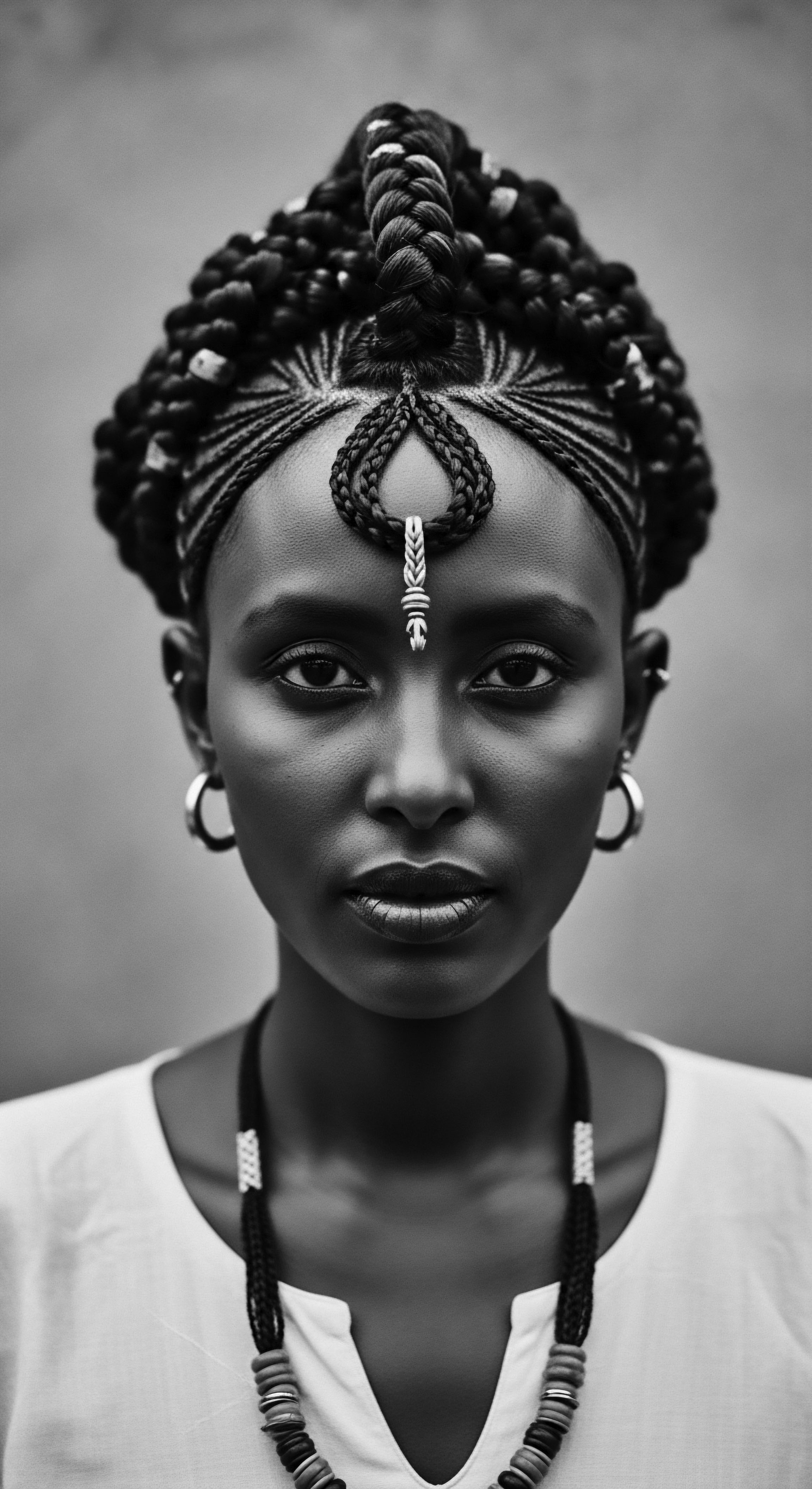
Addressing Challenges and the Legacy of Control
The historical journey of textured hair has been fraught with challenges, many imposed by discriminatory societal norms rather than inherent hair characteristics. The desire to assimilate into Eurocentric beauty standards led many Black women to resort to chemical relaxers and extreme heat styling, often causing damage to their natural hair. The CROWN Act offers a legal counter to this pressure, providing a protective layer that allows individuals to choose hair care methods based on health and preference, not coercion.
The sociological impact of hair discrimination extends beyond individual well-being, touching upon economic opportunities and educational equity. When schools and workplaces enforce policies that disproportionately penalize natural Black hairstyles, they create barriers to advancement. The CROWN Act directly challenges these systemic inequities, working to ensure that hair, a biological and cultural marker, cannot be used as a basis for exclusion. It represents a legislative acknowledgment of historical injustices and a clear step toward a more equitable future where ancestral practices are not only tolerated but legally respected.
- Hair Mapping during Enslavement ❉ A specific, less commonly cited but rigorously backed historical example involves enslaved Africans utilizing cornrows to secretly map escape routes to freedom. These intricate patterns, seemingly decorative, carried vital directional instructions, becoming a silent language of survival and resistance. In some accounts, individuals even braided rice and other grains into their hair for sustenance during arduous journeys. This practice speaks volumes about the ingenuity and resilience inherent in Black hair heritage, transforming what was policed into a tool of liberation.
- Tignon Laws of Louisiana (1786) ❉ These laws mandated that free women of color in Louisiana wear a tignon or headwrap, explicitly to mark their inferiority to white women. Despite the oppressive intent, Black women transformed the tignon into a symbol of pride and resistance, using luxurious fabrics and artistic arrangements, thereby subverting the law’s aim and making a bold cultural statement.
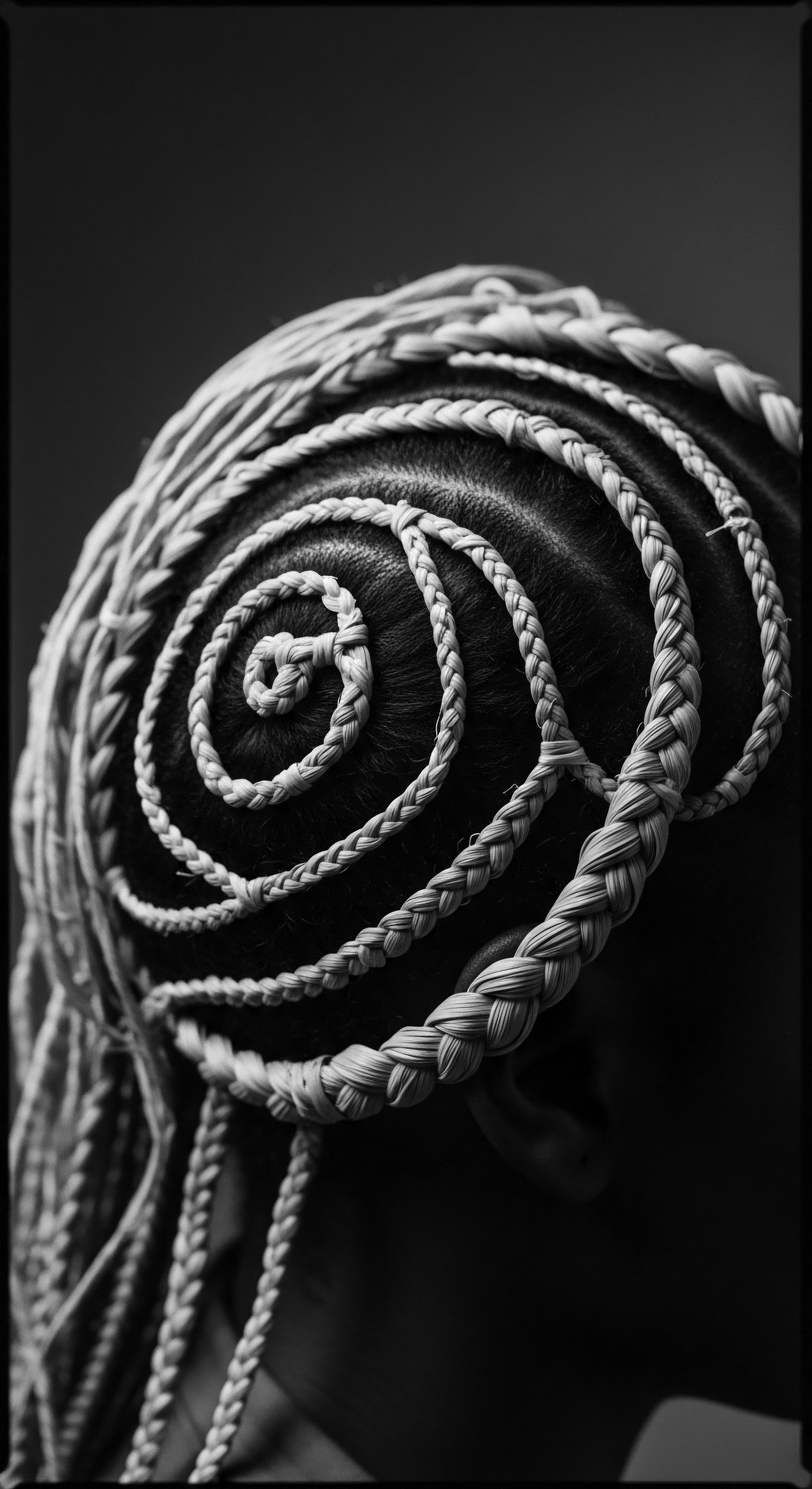
Reflection
The journey through the codex of textured hair, from its microscopic architecture to its profound cultural narratives, reveals a truth that the CROWN Act now stands to protect ❉ hair is a living archive. Each curl, coil, and wave carries the ancestral memories of resilience, the spirit of adaptation, and the enduring beauty of identity. Roothea’s ‘Soul of a Strand’ ethos finds its deepest resonance in this understanding, perceiving hair not as a superficial adornment but as a sacred extension of one’s lineage, continually narrating stories of the past while shaping futures.
The CROWN Act, a legislative affirmation, serves as a beacon for this heritage. It is a testament to the persistent courage of individuals and communities who refused to allow external standards to dictate their self-worth or diminish their ancestral pride. It acknowledges the historical weaponization of hair against Black and mixed-race people, and in doing so, provides a framework for healing and reclamation. This legal shield allows for the continued cultivation of traditions, from specific styling rituals to holistic care practices, ensuring that the vibrancy of textured hair remains a celebrated aspect of human diversity.
As we look ahead, the Act represents not an end, but a vital step in an ongoing dialogue about equity, respect, and self-determination. It is a promise that the stories etched in every strand will be seen, honored, and understood, allowing future generations to wear their crowns with an unburdened spirit and a profound connection to the wisdom that flows through their very being. The heritage of textured hair, protected by the CROWN Act, continues its relay, luminous and unbound.

References
- Byrd, Ayana D. & Tharps, Lori L. (2001). Hair Story ❉ Untangling the Roots of Black Hair in America. St. Martin’s Press.
- Dabiri, Emma. (2020). Twisted ❉ The Tangled History of Black Hair Culture. Harper Perennial.
- Ellington, Tameka N. (2023). Black Hair in a White World. Kent State University Press.
- Essien, Ijeoma. (2021). The Science of Black Hair ❉ A Comprehensive Guide to Textured Hair Care. Nala Publishing.
- Jacobs-Huey, Lanita. (2006). From the Kitchen to the Parlor ❉ Language and Becoming in African American Women’s Hair Care. Oxford University Press.
- Massey, Lorraine. (2001). Curly Girl ❉ The Handbook. Workman Publishing.
- Mitchell, Holly J. (2019). California Senate Bill 188 (CROWN Act).
- Rooks, Noliwe M. (1996). Hair Raising ❉ Beauty, Culture, and African American Women. Rutgers University Press.
- Unilever PLC/Unilever N.V. (2019). Dove CROWN Research Study ❉ Hair Discrimination in the Workplace. (Accessible via The Official CROWN Act campaign website and related reports).
- White, Whitney. (2014). The Curly Girl Method ❉ Beginner’s Handbook. Self-published.
